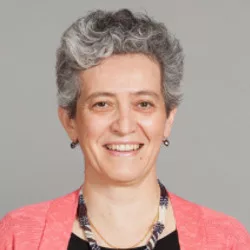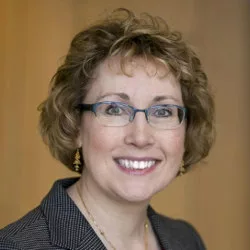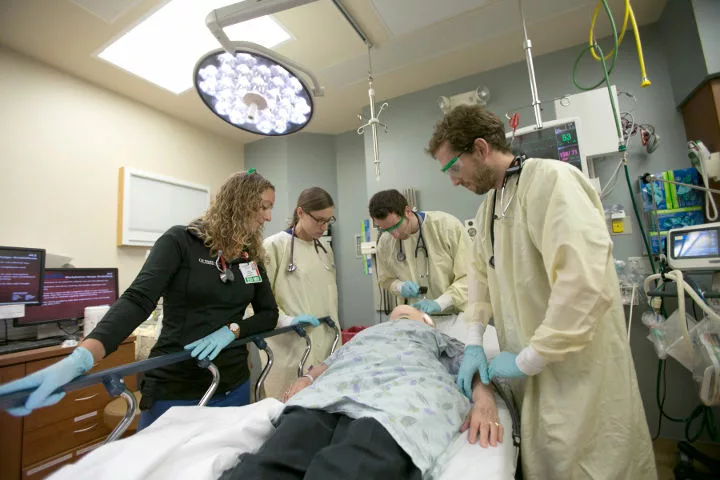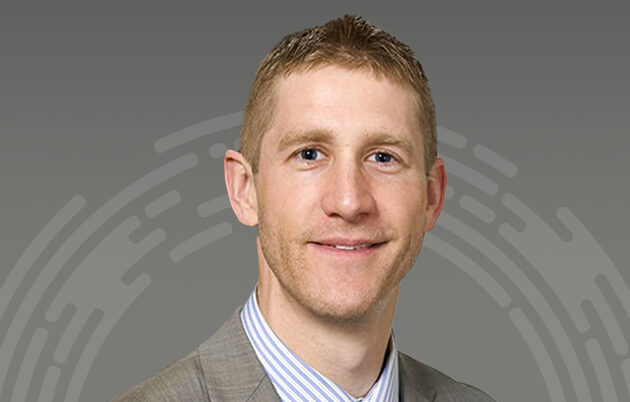The Wisconsin Institute for Healthcare Systems Engineering (WIHSE) at the University of Wisconsin-Madison hopes to help safeguard older adults after trips to the emergency room through a four-year, $2.5 million grant from the Agency for Healthcare Research and Quality in the U.S. Department of Health and Human Services.
Procter & Gamble Bascom Professor in Total Quality Pascale Carayon of the Department of Industrial and Systems Engineering and Professor Maureen Smith of the School of Medicine and Public Health will lead a team of collaborators from the College of Engineering, the School of Medicine and Public Health, the School of Nursing, the School of Pharmacy and UW Health. They plan to create a patient safety learning laboratory and develop, implement and evaluate what they call a patient safety passport.
Much like an international traveler’s passport records movement across borders, the patient safety passport would collect key information from each stop on a patient’s passage through the health care system after a trip to the emergency room. The aim is to improve coordination and share potential safety pitfalls and guidance among patients, caregivers and medical personnel, even after discharge to a home or nursing facility.
“One of the concepts that we’re interested in with WIHSE is the idea of the patient journey. We want to look at what happens to patients, not just at one point in time, but when they travel through the health care system,” says Carayon, the director of WIHSE. “And when they do that, they are very likely to encounter multiple groups, multiple health care organizations, multiple people, and so that means there are many different transitions. The transitions are what we’re really interested in.”
The U.S. Census Bureau projects the number of people age 65 and over in the country will grow from about 49 million in 2016 to roughly 84 million by 2050. It’s also a group that accounts for a larger percentage of emergency department visits than its share of the overall population, per the National Center for Health Statistics and the Agency for Healthcare Research and Quality.
The WIHSE team will concentrate on two common reasons for those visits: falls and urinary tract infections. But rather than looking at one specific patient safety threat, the group will consider the range of interrelated hazards.
The patient safety passport—which could be electronic, printed or both, Carayon says—will warn of potential issues (such as blood clots due to reduced mobility) and offer resources (like a home safety assessment to catch physical obstacles and prevent falls). It will also provide prompts to health care professionals, like asking a pharmacist to review the patient’s medications or reminding a primary care clinician to check in after a few days.




